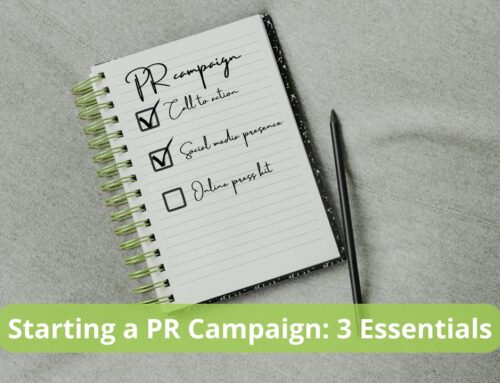“You’re an idiot,” said a YouTube hater to me about a video I did on how the Emotion Code healed my lower back pain and made my pets calm. I see hater comments as a clear indication my stories and messages are getting out there. Do you relate to your nay-sayers as good news? I do.
The Emotion Code is a program designed to release trapped emotions. It’s easy to do and anyone can learn to do it. When my PR firm started to represent the Emotion Code author and creator, Dr. Bradley Nelson I decided to try it on my lower back pain which, at the time we took on Dr. Nelson, was so crippling to me I had to crawl to the bathroom in the middle of the night from my bed. Once my back was relaxed, it took about ten minutes each morning for me to have full use of my legs. I was in my early 40’s. My husband looked at me and said, ‘You need to do something for your back. You’re going to need a walker in your 40’s and not be able to kayak, bike or any of the things we love to do together.” I would have tried anything to heal my back. And I did.
So call me an idiot. I like to think of myself as open and flexible. An idiot is defined as: “a person perceived to be lacking intelligence.” So the moniker from the hater reflects more on his own self-worth rather than what’s true about me. See, I sought out solutions no matter what and viola, back healed. So, see your “haters” as evidence your message is reaching people.
When you’re crafting pitches for journalists, look to haters. Which celebrity are they calling idiots? Which politician? Which event? Which holiday gets the most naysayers? This is a clue to what type of news pitch will get buzz.
Here’s who is making headlines in the news. You get to choose who’s a ‘real’ idiot, as that’s a reflection of you, not me:
2) Kevin Durant
4) Donald Trump
6) Taylor Swift
7) NASA staff
The next time you encounter a ‘hater’ look at them and smile. You have an instant news pitch and hopefully, soon, media buzz. Who’s the idiot now?







